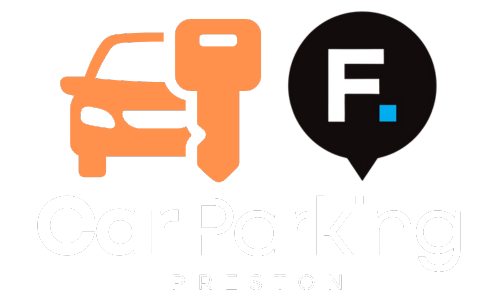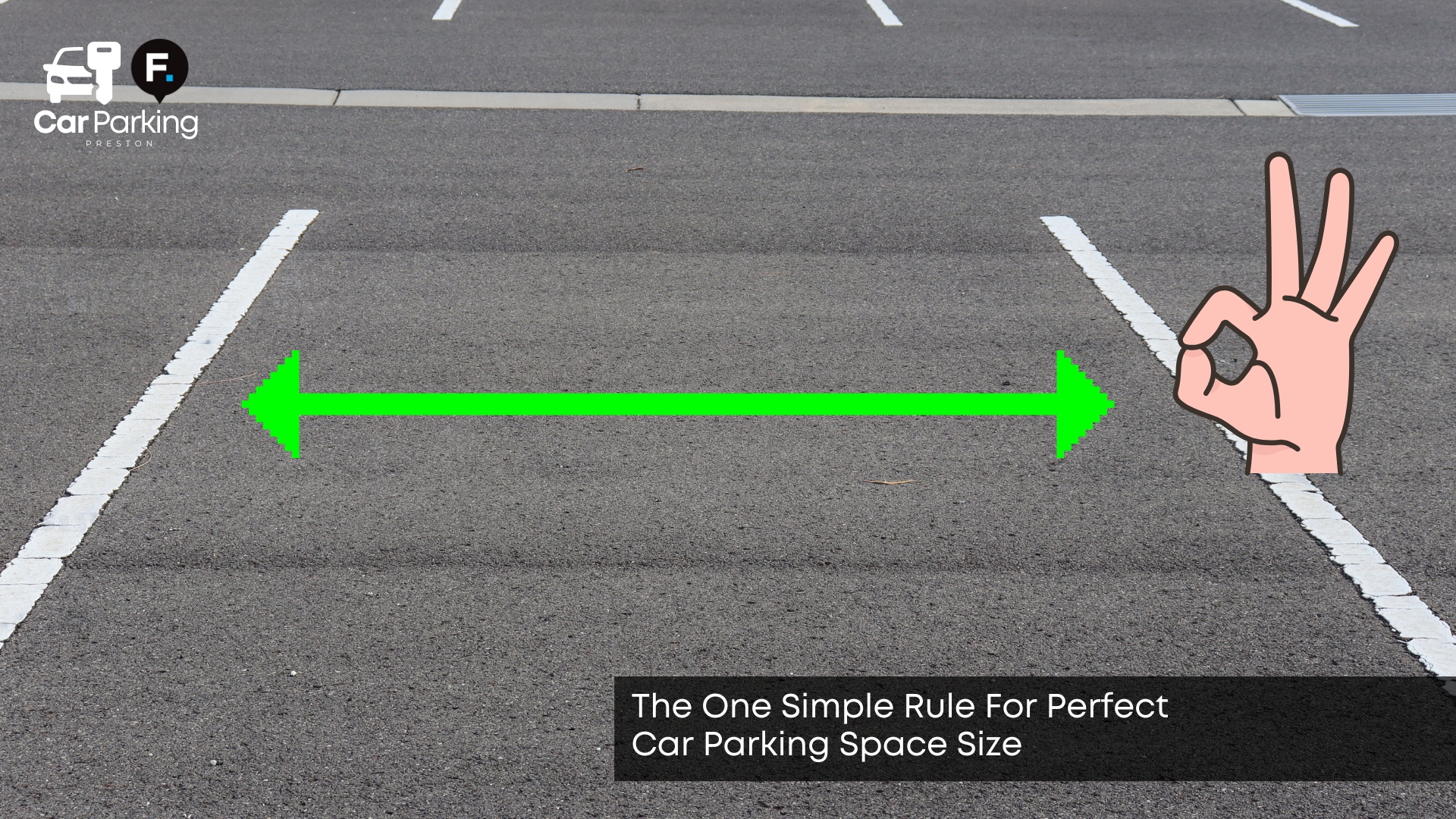Finding the right car parking space isn’t just about location. It’s about fit. A space that’s too small can lead to door dings, tight exits, and costly damage. Many drivers assume all parking spaces are the same, but there’s more to it than white lines and guessing. This article shares a simple rule that helps drivers park confidently and avoid unnecessary hassle. By understanding the size of car parking spaces, you can save time and keep your vehicle safer every day.
Why Does Car Parking Space Size Matter?
Car parking space size matters because it directly affects how easily and safely you can park. A space that’s too tight can lead to scrapes, blocked doors, and added stress when trying to exit your car. Proper space facilitates smooth access, improves flow in busy car parks, and reduces the risk of damage. If drivers and developers pay attention to this detail, everyone benefits. To understand what’s ideal, we first need to look at what’s considered standard in the UK.
What Is the Standard Size of a Car Parking Space in the UK?
The standard car parking space in the UK is about 2.4 metres wide by 4.8 metres long. This size suits most passenger cars and is commonly used in public and private car parks. However, this measurement doesn’t always allow much room for larger vehicles or wider doors. That’s why many places add extra room for accessible spaces or family parking bays. As vehicle types vary more today, it’s worth asking if this standard still works for everyone.
Is One Size Enough for All Types of Vehicles?
No, one size does not fit all vehicles, especially with the increasing number of SUVs, vans, and electric cars on the road. Larger vehicles often hang over the space or leave little room on either side, making it harder to open doors or reverse out safely. Motorbikes and compact cars, on the other hand, leave a lot of unused space. This mismatch results in the inefficient use of available space and an increased risk of damage. Spotting the signs of a tight space helps prevent these problems before they happen.
How Do You Know If a Parking Space Is Too Small?
You know a parking space is too small when your wheels touch the lines or your doors open into another vehicle. If you struggle to reverse in or out without extra adjustments, that’s another clue. Tight corners, small turning circles, or awkward layouts can also make a standard space feel smaller. Being aware of these signs helps you avoid damage and delays. But the issue runs deeper when the space size leads to more serious concerns.
What Problems Can Occur with Poorly Sized Parking Spaces?
Poorly sized parking spaces can lead to scratches, door dents, blocked lanes, and stress for other drivers. In some cases, it may even result in damage claims or unsafe driving as people try to squeeze in or out. It also slows down the flow of cars and creates tension in busy car parks. These issues are often caused by poor design, not just small dimensions. See more car park space management tips to understand how layout, size, and flow all come together in a well-run facility. Understanding layout is key to managing this challenge well.
How Does Car Park Design Affect Space Size and Layout?
Car park design affects space size by shaping how rows, bays, and access points are arranged. Slanted or angled parking bays can fit more cars, but sometimes at the cost of width. Narrow aisles reduce the space for reversing or turning, while pillars or low walls can make manoeuvring more difficult. A good design balances space use with driver comfort and ease. This is especially useful for holiday parking options in Preston, where both layout and space size make a real difference to stress-free travel. That brings us to the simple rule that makes parking easier for everyone.
What Is the One Simple Rule for Choosing the Right Size?
The one simple rule is this: choose a space that fits your car with at least 0.5 metres of clearance on each side. This rule helps avoid scrapes, allows door movement, and improves visibility. If you’re unsure, check your car’s dimensions and compare them to the space markings or signage. Some apps also show car park bay widths if listed. With this rule in mind, parking becomes much less stressful, even in tight conditions.
How Can You Park More Confidently in Tight Spaces?
You can park more confidently by reversing in, using mirrors carefully, and opening your door slowly once stopped. It helps to align your wheels with bay markings and straighten up before turning off the engine. Reversing out with care and checking blind spots enhances safety. These small habits make a big difference when the space is limited; knowing how to use space well ties directly back to using that simple sizing rule.
Park Smarter Every Day with the Right Space Size
Using the simple space-size rule saves time, protects your car, and reduces frustration. If you make it a habit to check space width and look for extra clearance, you’ll enjoy safer and smoother parking. Combine this with good car park design awareness and smart habits, and daily parking becomes stress-free. For more smart parking tips in Preston, you can always find advice that makes everyday parking easier. Choosing the right spot starts with knowing if it fits your car properly, and this one rule helps make that decision easy.


Leave a Reply